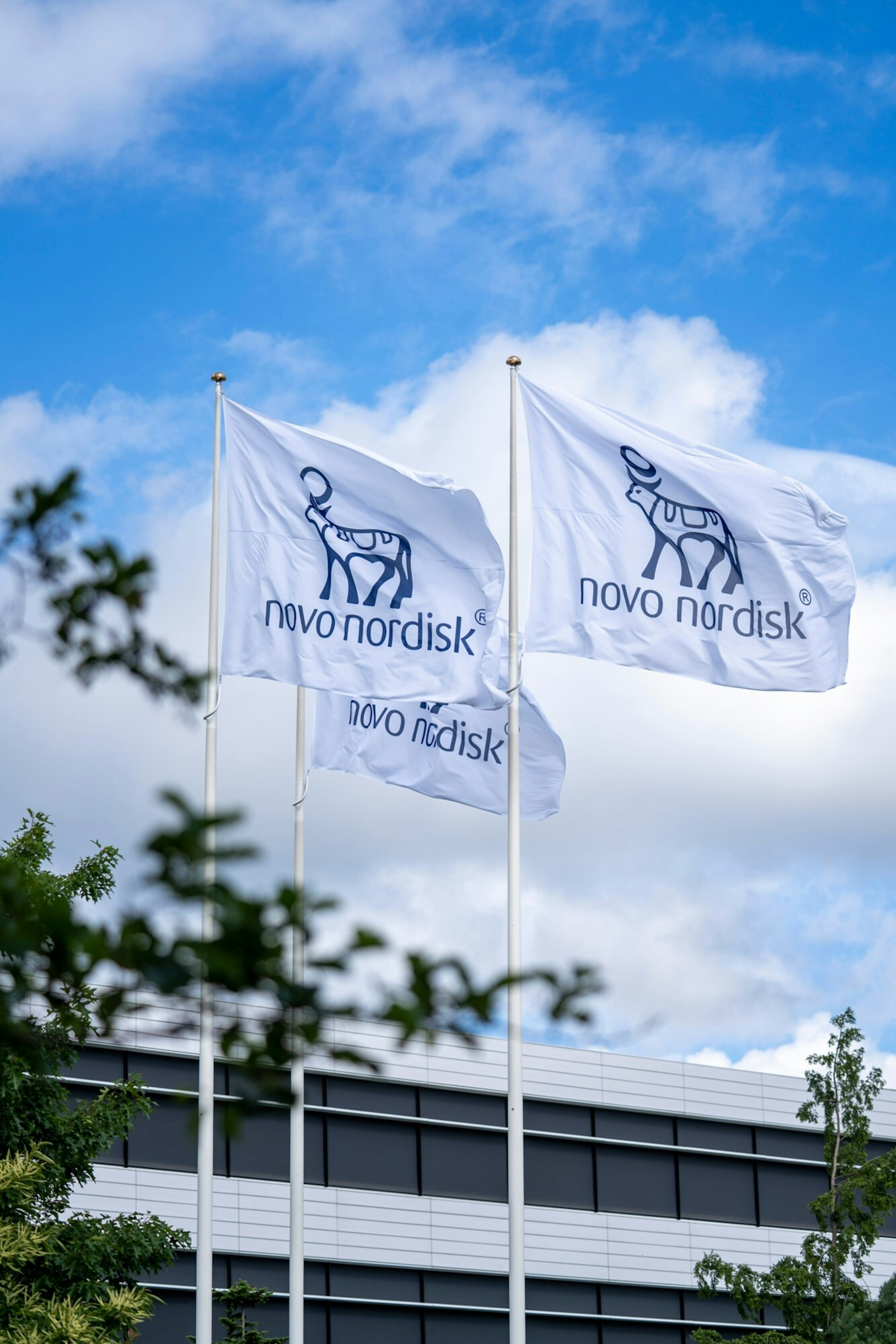Dogmas for making strategy work
1 June 2018
Turn strategic ideas and options into tangible prototypes and hands-on pictures of the future. Do it as fast as possible. Do it together. In that way, you will reap the benefits of co-creating the future with the people who will live it – and you will enable fast learning from customers and stakeholders. Fail fast to succeed sooner.
Real strategy is what makes possible futures feel alive.
Dogma core ideas
Agile developers get pushed to “release early and often.” Entrepreneurs are told to “demo or die.” Designers learn to “show, not tell.” Strategists compile bulky reports and deliver bulletproof 10-year plans. Or at least they used to.
The common denominator across the different practices is about becoming tangible and making ideas real. Software developers emphasise the importance of early and frequent releases because they have learnt that a tight feedback loop between coders and users will help eliminate the risk of creating software that no one will use. Lean start-up guru Steve Blank provokingly tells entrepreneurs that “there are no facts inside the building so get the heck outside” to get fast feedback on new business ideas from customers and stakeholders. Making fast prototypes and tangible mock-ups is second nature to product designers because they know that multiple iterations and user interactions are required before nailing the perfect fit between user needs and design solutions.
Discover the dogmas for making strategy work
Dive into our booklet on the 8 dogmas you can use to create better strategies.
Strategy is a young field of expertise. And the time has come for strategy to grow up and learn from other professions. Reports and plans are sometimes needed. But prototyping will help you craft better strategies to master the art of creating and making strategic choices.
Firstly, prototyping will help you explore creative ideas and investigate multiple strategic options in parallel. Applying a “building to think” mindset across the early stages of strategy will fuel creativity. Secondly, prototyping serves as an important method to validate and learn about key uncertainties and critical assumptions. Thirdly, co-creating vivid pictures of possible futures and tangible prototypes will increase shared understanding and deliver higher engagement across the organisation.
Strategy is not about perfection but rather about making choices that will shorten the odds of success. And the best way to improve the odds is to test drive the strategic options as quickly as possible. Mistakes made early in the strategy process are very cheap, while they can be devastatingly costly at a later stage if the wrong strategy is implemented.
Invest a little in prototyping to learn a lot - and to make possible futures feel alive.
Dogma perspectives
We asked a few of our colleagues for their perspectives on not planning for the future, but designing it – here is what they said.
Dogma key questions
- Do we turn strategic options into tangible prototypes early and often in the strategy process? Or are we stuck in endless discussions among talking heads based on wordy documents and reports?
- Do we deliberately use and master various prototyping techniques to quickly learn about critical assumptions? Or do we tend to rely too much on classic analysis methods?
- Do we leverage prototyping for co-creating shared pictures of possible futures across the organisation? Or do we tell the organisation to go and execute work based on heavy slide decks?





